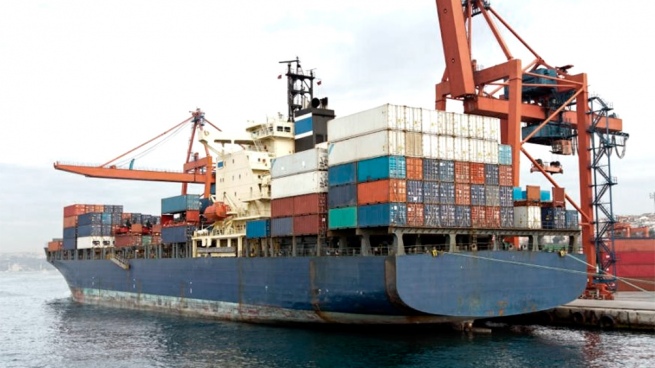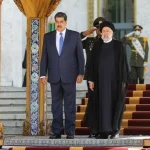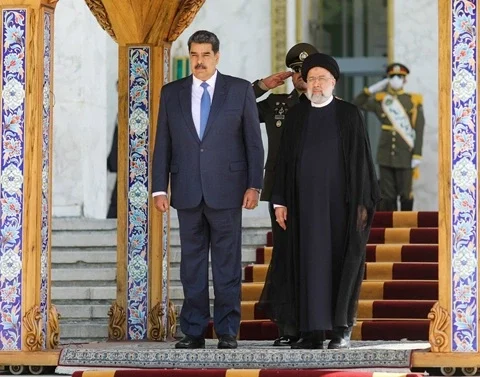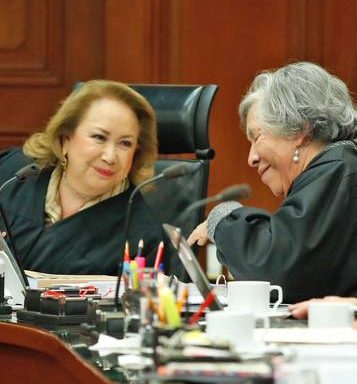The provinces of Neuquén, Tierra del Fuego and Chubut were those that increased their exports the most in percentage terms during the first half of the current yearwith year-on-year increases of 200%, 87.4% and 86.6%, respectively.
Following were Formosa, La Rioja and La Pampa with increases of 64.7%, 51.6%, and 44.1%, respectively, according to the report of the National Institute of Statistics and Censuses (Indec) on the provincial origin of exports.
The good performance of the Patagonian provinces resulted in that region ending up as the one with the highest year-on-year growth in shipments abroad, with a rise of 62.6%, mainly explained by the aforementioned records of Neuquén, Tierra del Fuego and Chubut and the 40.1% rise of Santa Cruz. In contrast, Río Negro presented a fall of 13.6%.
On the whole, Patagonia exported 4,308 million dollars during the first half of 2022, which represented 9.7% of the country’s total exports. The good records had as main support the sales of Fuels and Energy, for an amount of US$ 2,212 million (51.2% of the total exported by the region and an increase of 178.2% compared to the first six months of the previous year).
Likewise, the region “carried out the largest exports of the aluminum complex (88.5%) and a large part of the fishing complex (52.7%). The metal and lithium mining sector played a substantial role, to which Patagonia contributed 46.1%, with 58.1% of the shipments abroad of the gold and silver complex”, explained INDEC.
In second place was the region of Northwest Argentina (NOA), which showed a year-on-year increase of 31.3%led by improvements in La Rioja (51.6%), Jujuy (43.1%) and Salta (39.4%).
The NOA sold abroad for a total of 2,183 million dollars in the first half of 2022 (4.9% of Argentine exports), with a prominent role for Primary Products, which was driven by the rise registered in corn, citrus and wheat they added up to 1,317 million dollars (60.3% of the total exported by the region).

Then the Pampean regions were located (23.9% year-on-year increase)Whose (14.9%) and, finally, lto the Northeast (NEA) with a 9.8% increase compared to the first six months of 2021.
In this way, it was observed that all the regions showed increases with respect to the same period of the previous year. Meanwhile, among the provinces, the only one that registered a decrease was Río Negro. The rest of the jurisdictions showed figures in green.
Apart from the improvement in percentage terms, the provinces that continue to account for most of Argentine exports were again Buenos Aires, Santa Fe and Córdobawith a participation of 37.8%, 22.7%, and 14.3%, respectively.
Between these three districts in the first semester they added foreign sales for a total amount of US$ 33,212 million.
Exports in Argentina reached a historical record of US$ 44,377 million in the first semester, which meant a year-on-year increase of 25.5% and 12% compared to 2011, the year that had reached the maximum value so far.
These results allowed the country to obtain a trade surplus of US$ 3,093 million in the first half of the year.product of the difference between the US$ 44,377 million of exports and the US$ 41,284 million of imports.
trade surplus
The maintenance of the trade surplus was one of the four axes proposed by the Minister of Economy, Sergio Massa, on the day of his inauguration on August 3. That day, the official explained that the main guidelines for his management will be based on fiscal order, trade surplus, strengthening of reserves and development with inclusion.
In that line, The minister assured that “the engines” to achieve these objectives will be “investment, production, exports and the defense of the internal market.”
In terms of external shipments, its Secretary of Industry and Productive Development, José Ignacio de Mendiguren, stated a few days ago that the goal for this year is to reach “US$ 90 billion.”
According to the latest official data from INDEC, Argentina exported a total of US$ 52,151 million until July.


















